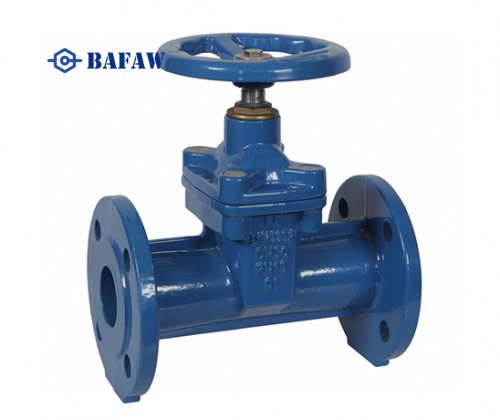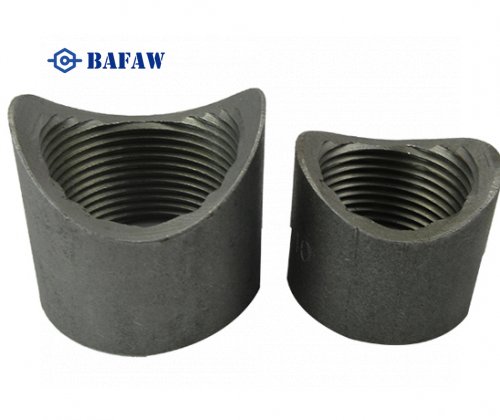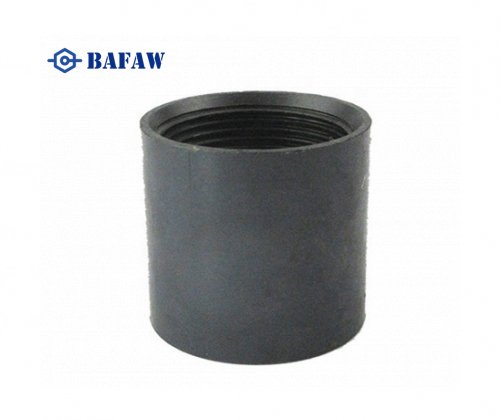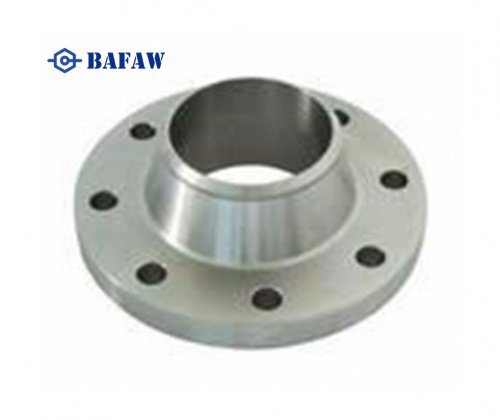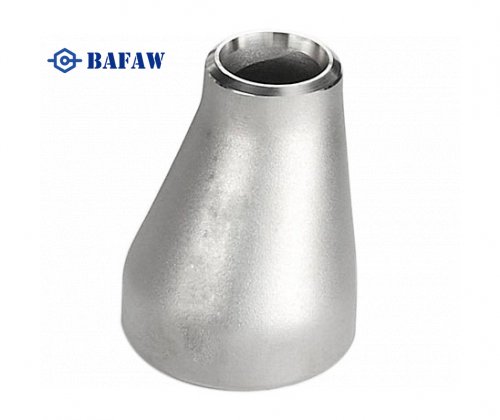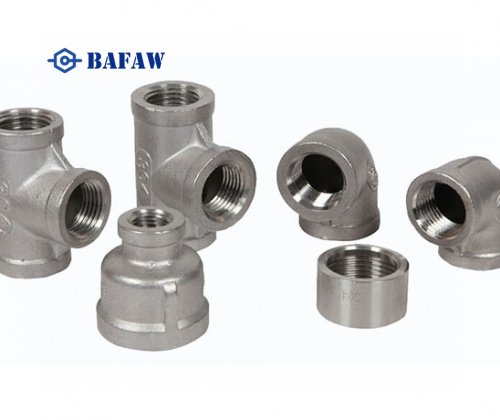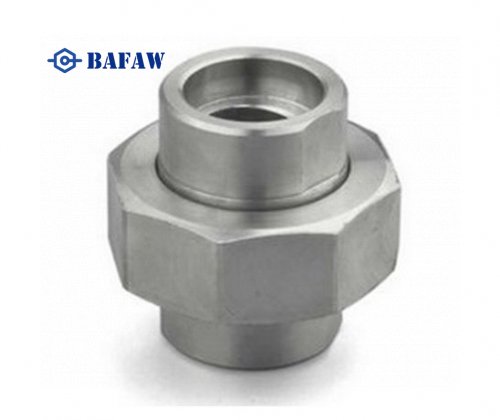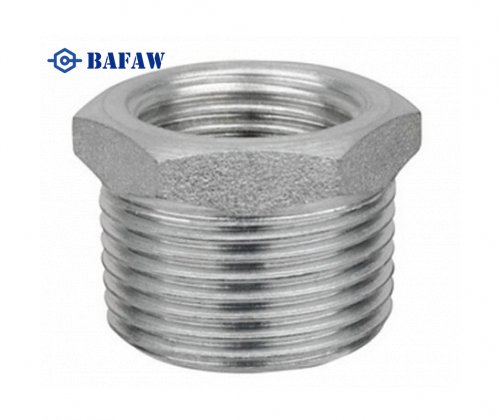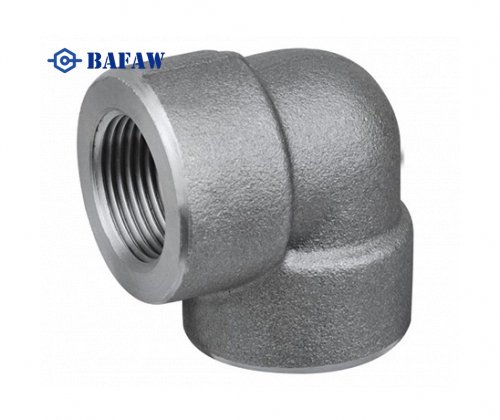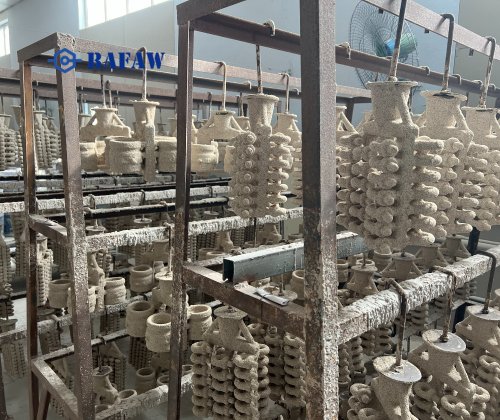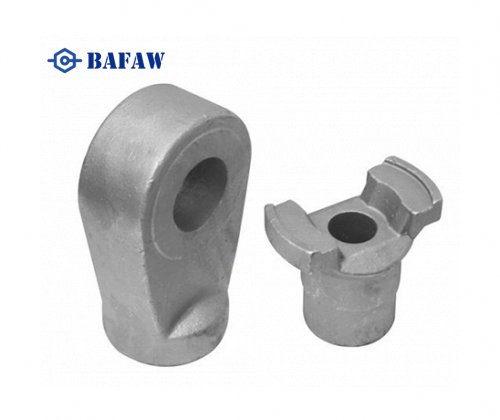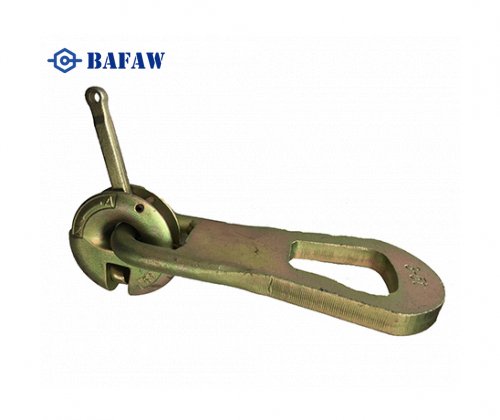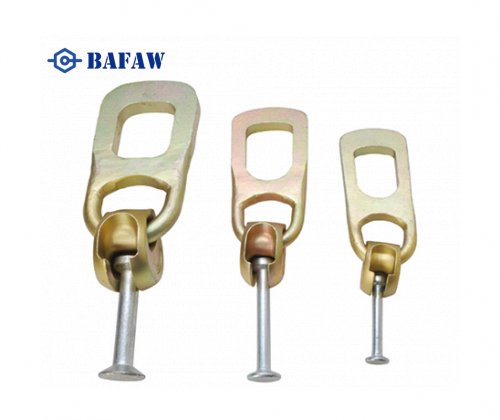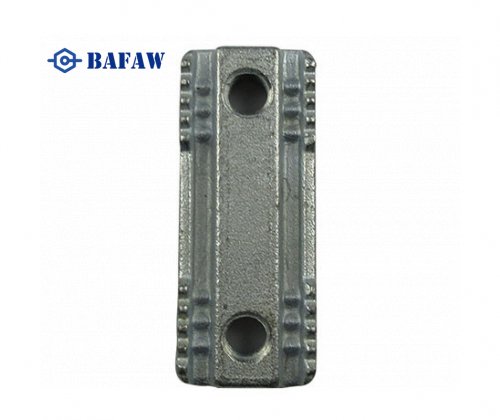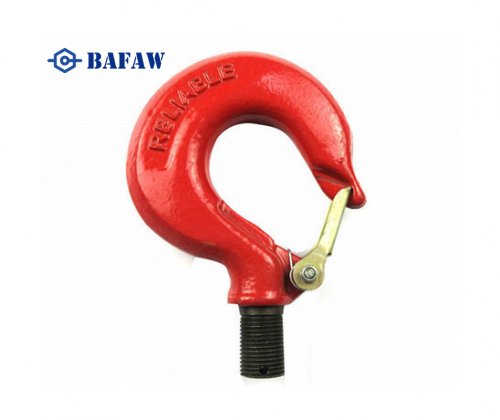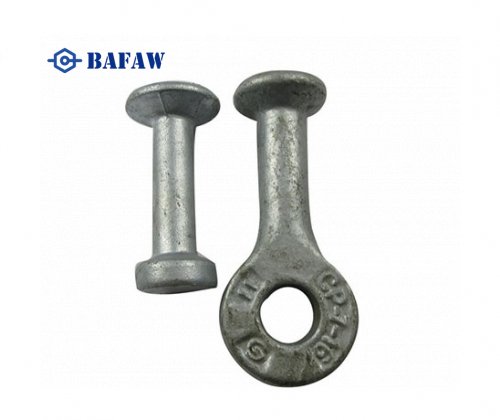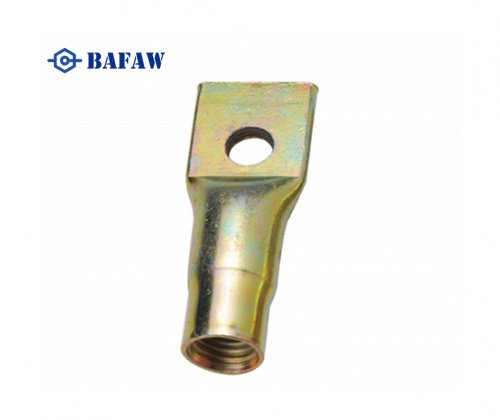In the valve industry, there are several standards that govern design, materials and testing to ensure reliability and safety. One of these standards, ASME B16.34, has become widely recognized.
Although ASME B16.34 covers the design, material and testing requirements for industrial valves with flanged, threaded and welded end connections, it is important to note that it does not consider material strength, corrosion margins and irregular shape formulas as does the latter in ASME BPVC Section V, making it more fully applicable to pressure vessel applications. Therefore, it is recommended that valve designs be cross-checked against the Pressure Vessel Code for a thorough evaluation
API 600 and API 602
API 600 Steel Gate Valves: Specifies the design and testing requirements for steel gate valves suitable for high-pressure and high-temperature applications.
API 602 Steel Gate Valves: Designed for small-sized, high-pressure applications, typically used in the oil and gas industry.
ASME B16.34
Covers the design, materials, and testing requirements for industrial valves with flanged, threaded, and welding end connections.
ISO 5208
Provides standard methods for valve pressure testing to ensure that valves do not leak under working pressure.
BS EN 593
Covers the design, materials, manufacture, and testing requirements for butterfly valves.
What are Some Examples of New Valve Standards and Revisions?
Examples of New Valve Standards and Revisions
New valve standards and revisions are constantly emerging to meet specific industry needs and challenges. Sometimes, however, these updates can be influenced by the personal concerns of the standards organization's representatives, resulting in very specific and sometimes obscure additions. These niches, often referred to as “annoying” paragraphs, are difficult to eliminate once they become part of the standard.
Appendices created by multiple end users
One of the most recent developments in valve standards involves appendices created by multiple end users, especially in the oil and gas sector. These are primarily generated by industry consortia, such as the International Association of Oil and Gas Producers (IOGP).
Below are some key features and examples:
Focus: These appendices are intended to standardize commodities, such as the types of valves that are frequently purchased.
Scope: They usually contain more detailed requirements than the original standard they modify.
Integration: Examples include documentation that is appended to the specification, such as API 6D and API 600.
Longer and more comprehensive
These user-created standards can be more extensive, sometimes exceeding the length of the original standard. These addendums, often with ISO standards, add another layer of regulatory compliance for valve manufacturers.
In summary, new valve standards and revisions are evolving tools designed to address industry issues. However, introducing overly specific requirements remains a challenge. The following organization, Isopropylphenol, is leading the way in creating comprehensive appendices tailored to current industry needs.
How did Historical Development Influence the Creation of Valve Standards?
The impact of historical developments on valve standards
Valve standards have undergone several significant changes over the years, largely due to advances in materials and the evolution of safety regulations. Historically, manufacturers generally determined the maximum recommended working pressure and temperature of their valves based on the materials used in their manufacture.
The banning of asbestos, a material commonly used in valve packing and gaskets, in the late 1980s led to a significant change in standards. Asbestos-free graphite-based materials became the norm, and their properties required a change in temperature rating.
In early editions, such as the 8th edition of the American Petroleum Institute (API) 600 Gate Valve Standard in 1973, the maximum temperature limit for these components was 750°F (399°C). This limit was sufficient for approximately 75% of the valves used in refinery operations at that time. However, with the introduction of graphite, which could theoretically withstand non-oxidising temperatures approaching 2000°F (1093°C), there was room to increase these limits.
The 1991 9th edition of the API 600 standard increased the maximum operating temperature of valve packings and gaskets to 1000°F (538°C). This change reflected the improved thermoelasticity of new graphite-based materials, giving them higher performance in harsh refinery conditions.
Key changes over time:
Before the 1980s: Use of asbestos in valve packings and gaskets.
Late 1980s: Asbestos phased out and non-asbestos, graphite-based materials introduced.
1973 API 600 Standard: Maximum temperature set at 750°F (399°C).
1991 API 600 Standard: Maximum temperature increased to 1000°F (538°C).
These adjustments to valve standards highlight the impact of advances in materials science and regulatory changes to ensure valve designs remain safe and efficient in modern industrial applications.
Detailed Discussion on Key Valve Standards
API 602: Steel Gate Valves
API 602 is a standard specification for small-sized, high-pressure gate valves used in the oil and gas industry. These valves come with flanged and butt-welding ends and bolted bonnets, providing robust solutions for smaller pipelines in the petroleum industry.
API 600: Steel Gate Valves
API 600 specifies requirements for steel gate valves with flanged and butt-welding ends and bolted bonnets. These valves are designed for high-pressure and high-temperature applications, offering robust performance in demanding environments. They are commonly used in the natural gas industry and other sectors where reliability is critical.
Lug and Wafer Type Valves
Lug and wafer-type valves are essential components in applications requiring compact and lightweight solutions.
Lug-type valves: Have threaded inserts, allowing them to be bolted to flanges on both ends. This design facilitates maintenance without disturbing the entire piping system.
Wafer-type valves: Are sandwiched between flanges, offering a more economical solution while maintaining reliable performance.
Double Flanged Lug Valves
Double-flanged lug valves are a subset of lug-type valves that provide additional security with flanges on both sides. This design is particularly useful in applications where the valve needs to be installed or removed without compromising the system's integrity. These valves are commonly used in high-pressure and high-temperature environments.
Ball Valves: Flanged and Threaded
Ball valves are versatile components used in various industries. They come in different configurations, including flanged and threaded types.
Flanged ball valves: Typically used in applications where a secure, leak-proof connection is crucial, making them ideal for high-pressure scenarios due to their robust design.
Threaded ball valves: Offer easy installation and removal, making them suitable for systems where quick maintenance is necessary.
Pressure Relief Valves and High-Pressure Applications
Pressure relief valves are critical safety devices in high-pressure systems. They prevent over-pressurization by automatically releasing excess pressure. Standards for pressure relief valves ensure they operate reliably under extreme conditions, safeguarding both equipment and personnel.
Pressure Temperature Rating and Face-to-Face Dimensions
The pressure-temperature rating of a valve indicates the maximum pressure it can withstand at a given temperature. This rating is essential for selecting valves suitable for specific applications.
ASME BPVC and Cast Iron Valves
The ASME Boiler and Pressure Vessel Code (BPVC) provides comprehensive guidelines for the design, fabrication, and inspection of boilers and pressure vessels. Valves used in these applications must comply with ASME BPVC standards to ensure safety and performance. Cast iron valves, known for their durability and cost-effectiveness, are often used in lower-pressure applications within the guidelines set by ASME BPVC.
Standards and Specifications for the Natural Gas Industry
The natural gas industry relies heavily on stringent standards and specifications to ensure the safe and efficient transport of gas. Valves used in this industry must meet high standards for pressure, temperature, and corrosion resistance. Compliance with standards like API, ASME, and others ensures that valves perform reliably under the harsh conditions typical of natural gas operations.
U.S. Federal Code Requirements for Valve Installations in Hazardous Liquid Pipelines
When it comes to the transportation of hazardous liquids by pipeline, the U.S. Federal Code outlines specific requirements for valve installations. These regulations ensure safety and compatibility in pipeline systems.
Engineering Design:
Valves must be constructed based on sound engineering principles to ensure they can withstand operational demands.
Material Compatibility:
All materials that will be in direct contact with the pipeline’s internal pressure, including welded and flanged ends, need to match the pipe or fittings to which the valve is connected.
Contact Materials:
Any part of the valve exposed to hazardous liquids, including carbon dioxide, must be made from materials that are compatible with the specific liquids expected to flow through the system.
Testing Standards:
Valves must undergo rigorous hydrostatic testing, both shell and seat tests, to verify there is no leakage. These tests should meet the standards detailed in section 11 of the API Standard 6D.
How Did ISO Standards Affect U.S. Valve Standards?
ISO standards significantly influenced U.S. Valve standards by introducing a parallel set of guidelines that catered mainly to the European market. These standards created an alternative framework that U.S. Manufacturers and end users largely chose not to engage with. This lack of participation was partly due to how ISO operates: each country gets only one vote, discouraging multiple company representatives from attending.
In the late 1990s, there was an effort by some U.S. Organizations to collaborate with ISO to develop cobranded standards. However, this initiative floundered due to differences in the standard development processes between the organizations. Furthermore, U.S. Governmental directives restricted American companies from participating in any international standards organizations where sharing intellectual property with certain countries deemed as adversaries was a risk. This directive further stymied cooperation, making it challenging to bridge the gap between U.S. And ISO standards.
In summary:
Parallel Guidelines: ISO provided an alternative set of valve standards primarily for Europe.
Single Vote System: Each country has one vote in ISO, discouraging extensive U.S. Participation.
Collaboration Barriers: Different development processes and governmental restrictions curtailed joint standard efforts.
Intellectual Property Concerns: Restrictions on sharing intellectual property with certain countries halted broader cooperation.
Thus, ISO standards introduced complexity and drove U.S. Entities to remain focused on their own standards, limiting the cross-adoption of international guidelines.

















